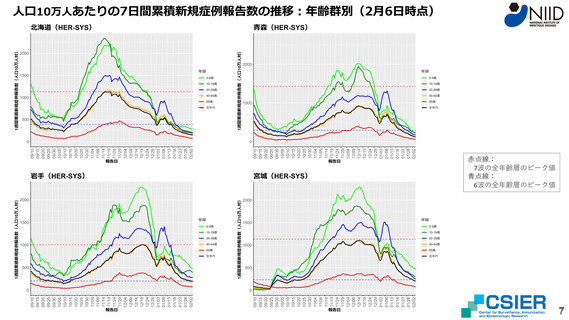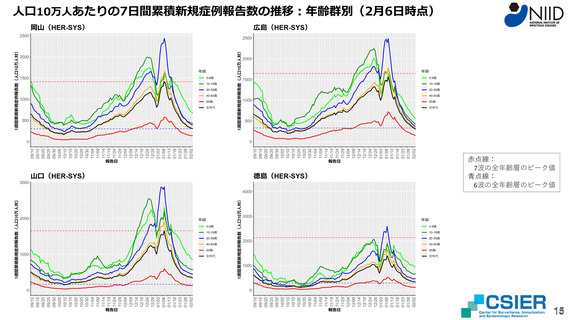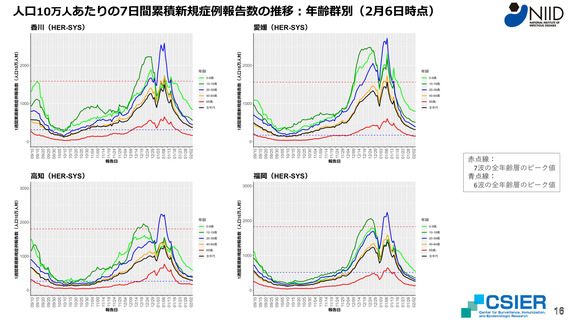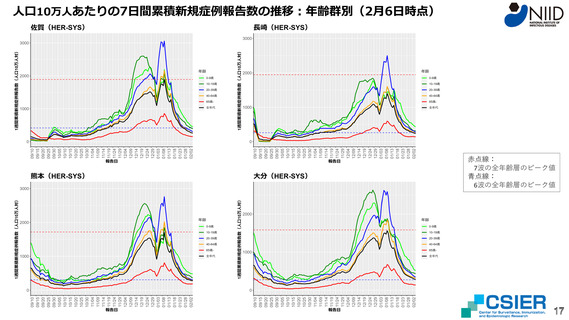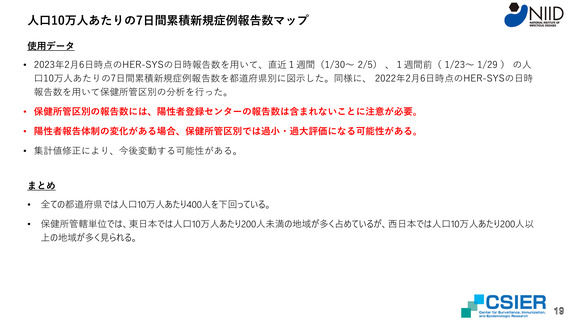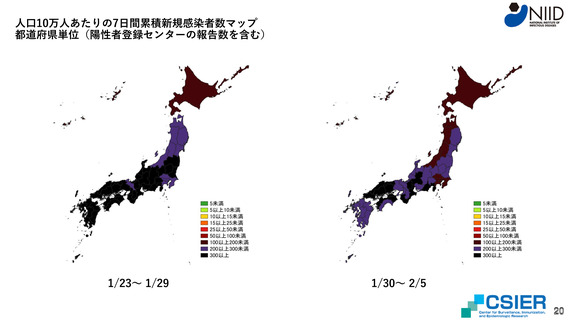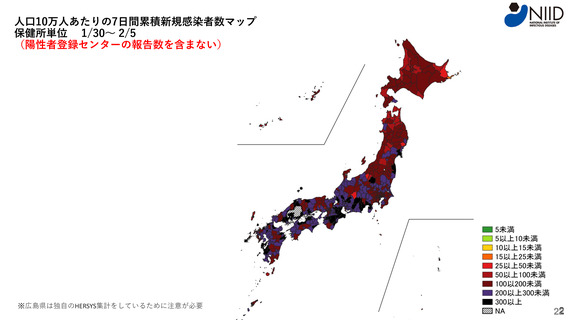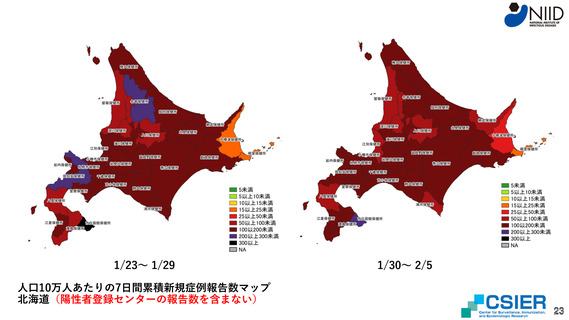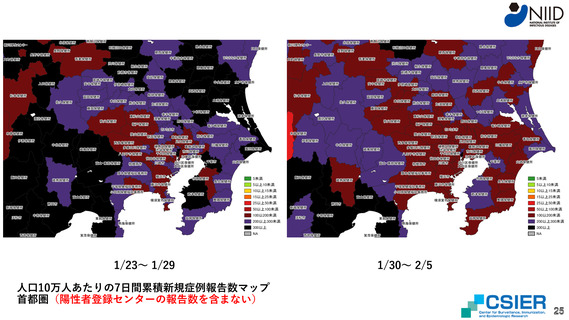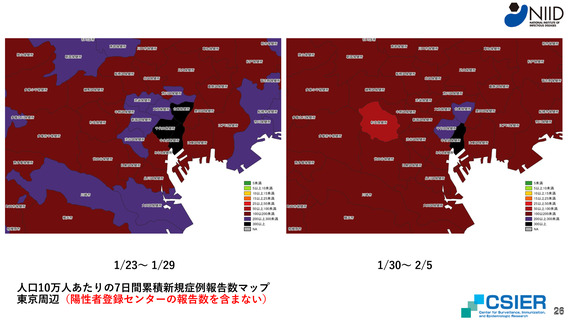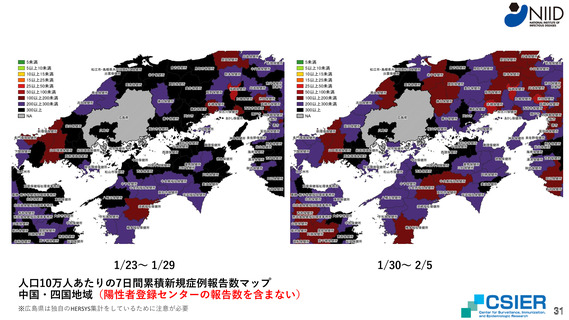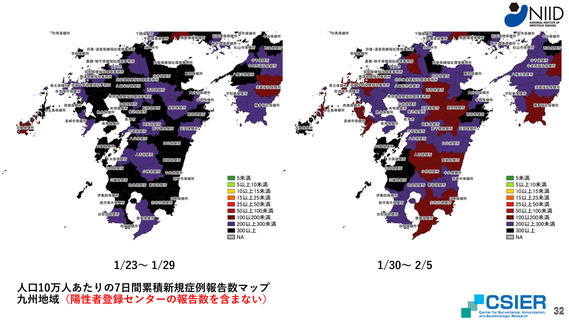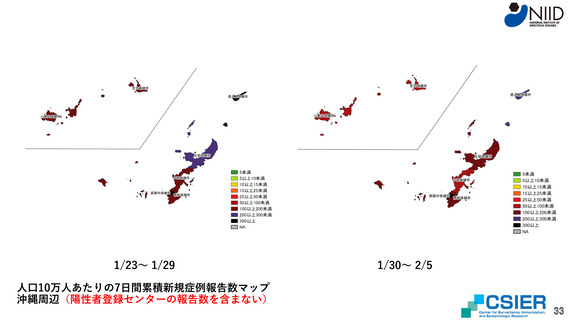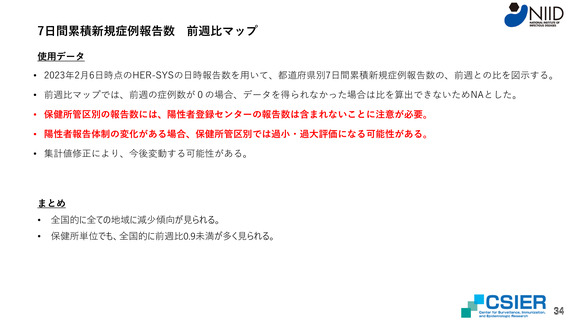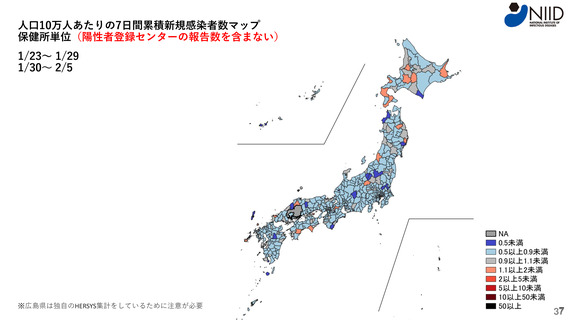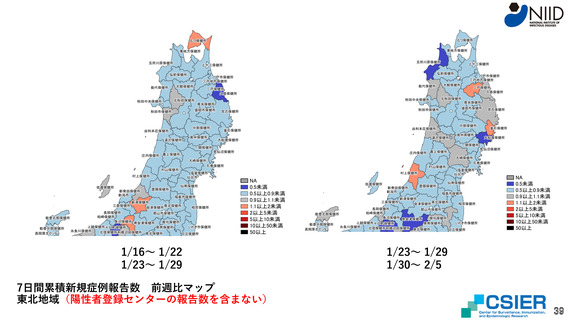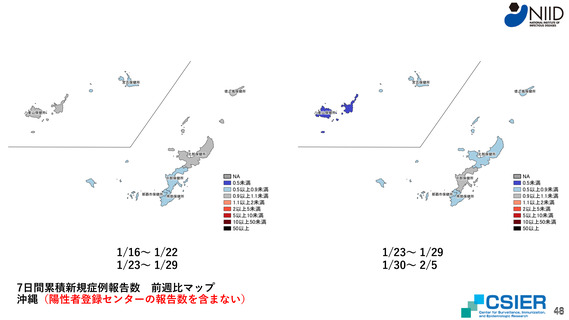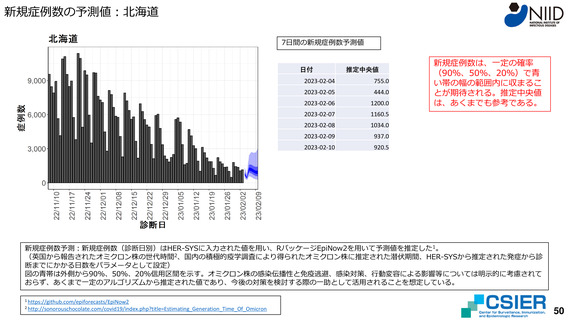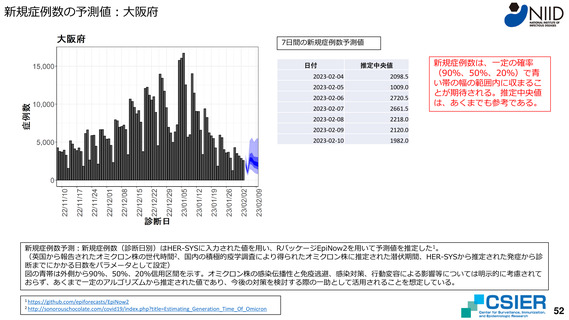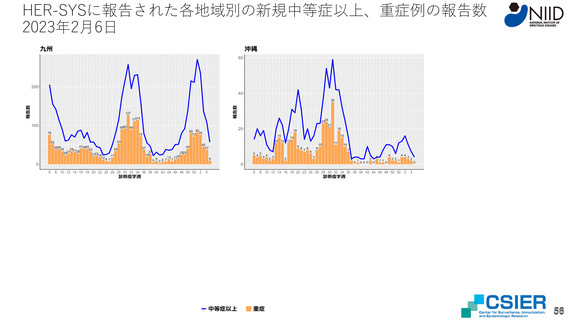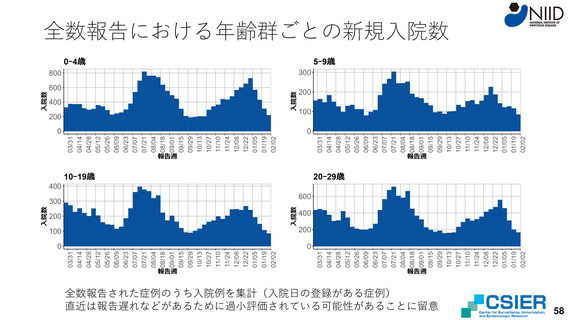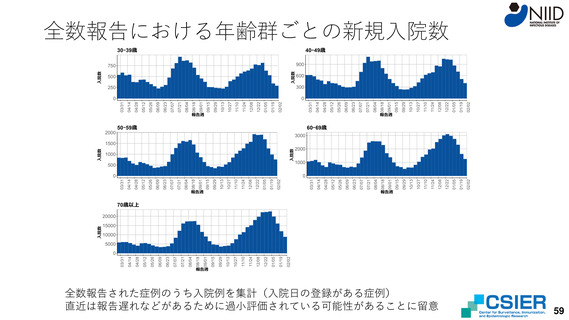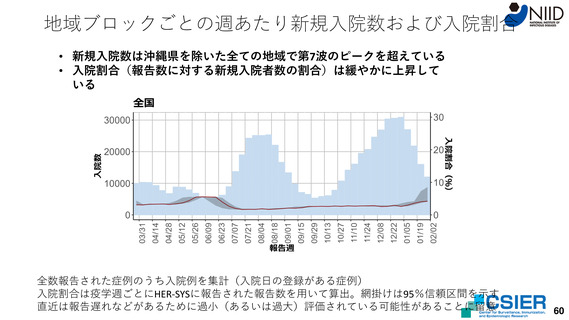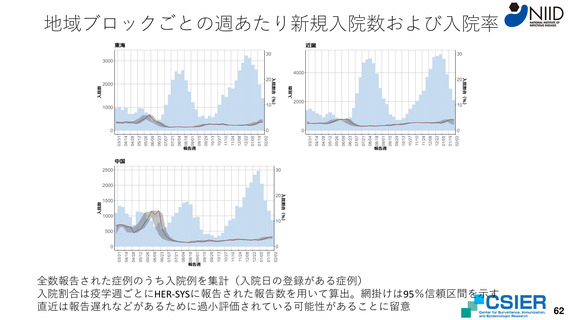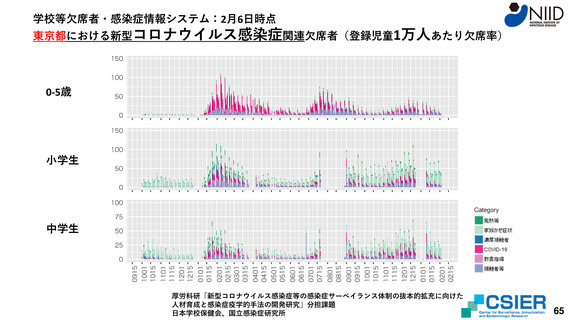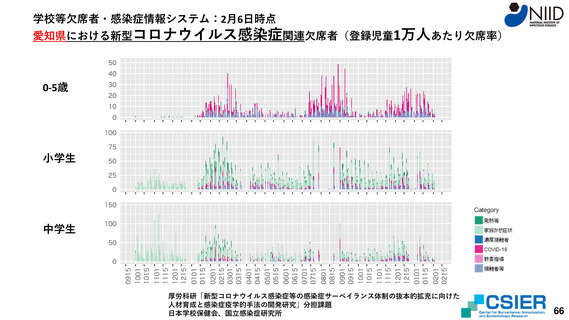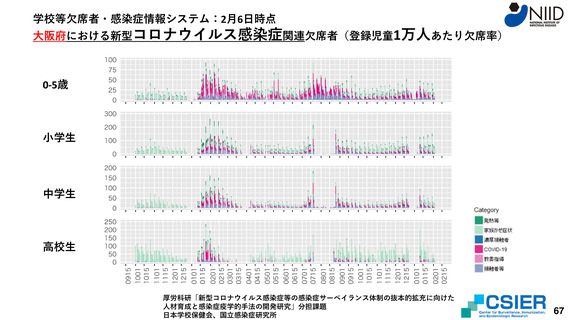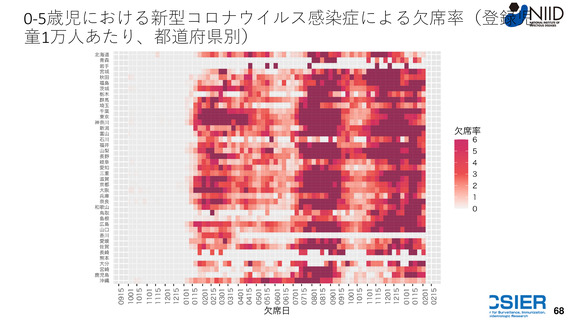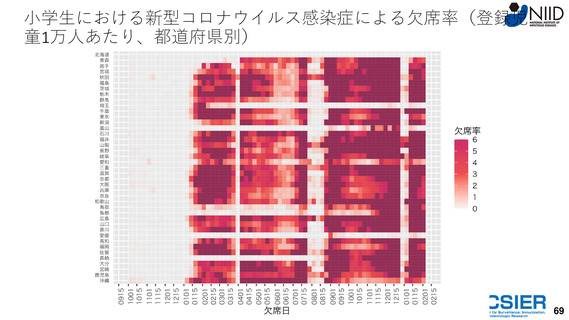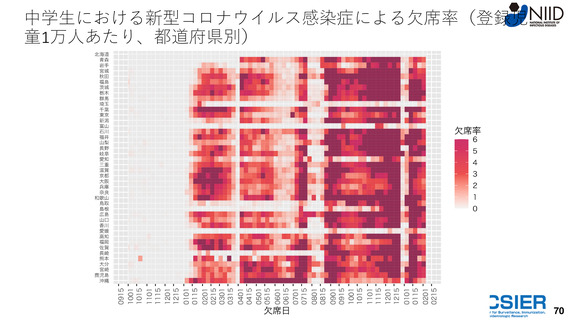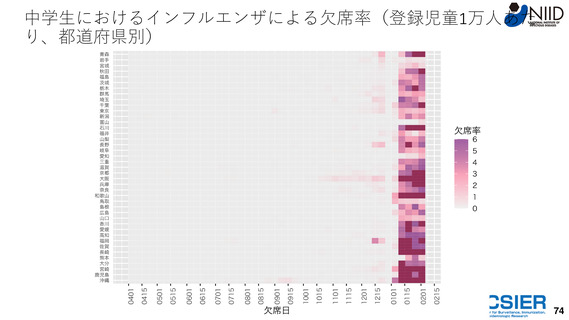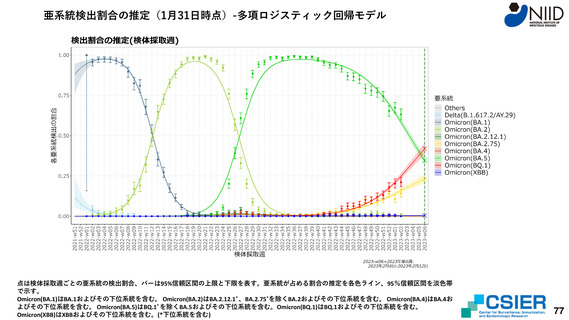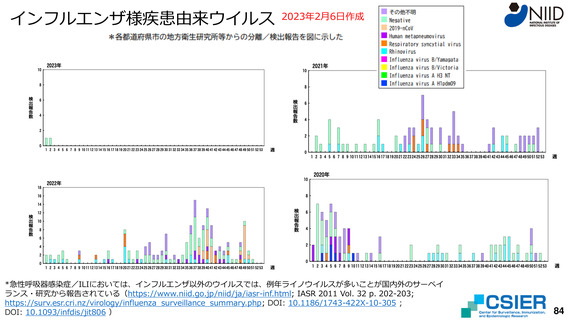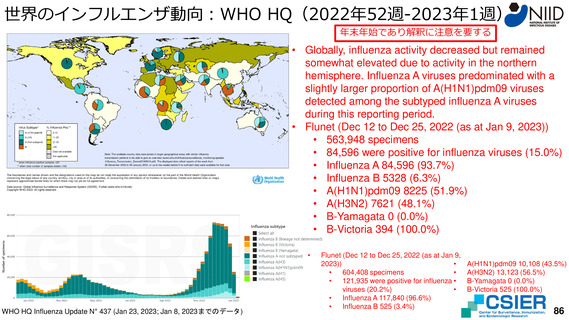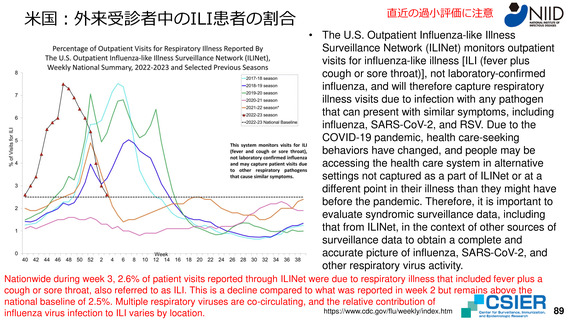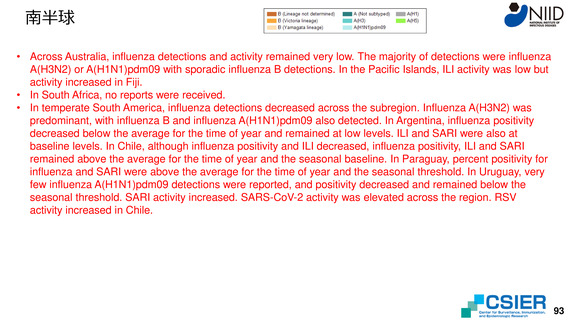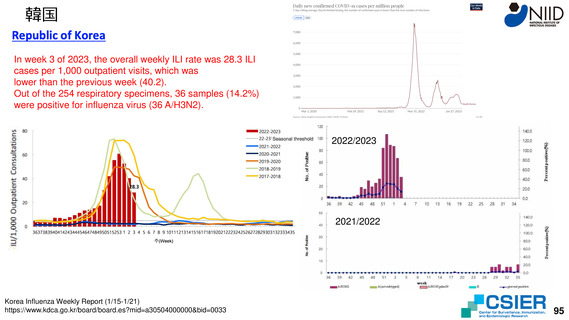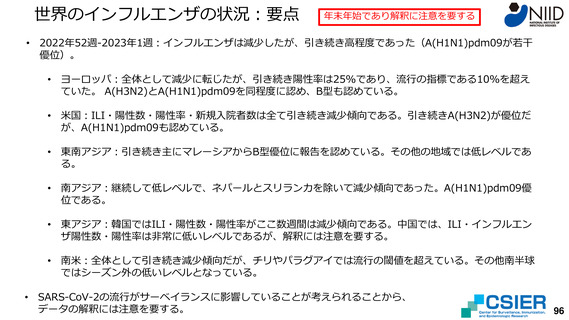よむ、つかう、まなぶ。
資料3-2 鈴木先生提出資料 (89 ページ)
出典
| 公開元URL | https://www.mhlw.go.jp/stf/seisakunitsuite/bunya/0000121431_00395.html |
| 出典情報 | 新型コロナウイルス感染症対策アドバイザリーボード(第116回 2/8)《厚生労働省》 |
ページ画像
ダウンロードした画像を利用する際は「出典情報」を明記してください。
低解像度画像をダウンロード
プレーンテキスト
資料テキストはコンピュータによる自動処理で生成されており、完全に資料と一致しない場合があります。
テキストをコピーしてご利用いただく際は資料と付け合わせてご確認ください。
米国:外来受診者中のILI患者の割合
直近の過小評価に注意
• The U.S. Outpatient Influenza-like Illness
Surveillance Network (ILINet) monitors outpatient
visits for influenza-like illness [ILI (fever plus
cough or sore throat)], not laboratory-confirmed
influenza, and will therefore capture respiratory
illness visits due to infection with any pathogen
that can present with similar symptoms, including
influenza, SARS-CoV-2, and RSV. Due to the
COVID-19 pandemic, health care-seeking
behaviors have changed, and people may be
accessing the health care system in alternative
settings not captured as a part of ILINet or at a
different point in their illness than they might have
before the pandemic. Therefore, it is important to
evaluate syndromic surveillance data, including
that from ILINet, in the context of other sources of
surveillance data to obtain a complete and
accurate picture of influenza, SARS-CoV-2, and
other respiratory virus activity.
Nationwide during week 3, 2.6% of patient visits reported through ILINet were due to respiratory illness that included fever plus a
cough or sore throat, also referred to as ILI. This is a decline compared to what was reported in week 2 but remains above the
national baseline of 2.5%. Multiple respiratory viruses are co-circulating, and the relative contribution of
https://www.cdc.gov/flu/weekly/index.htm
influenza virus infection to ILI varies by location.
89
直近の過小評価に注意
• The U.S. Outpatient Influenza-like Illness
Surveillance Network (ILINet) monitors outpatient
visits for influenza-like illness [ILI (fever plus
cough or sore throat)], not laboratory-confirmed
influenza, and will therefore capture respiratory
illness visits due to infection with any pathogen
that can present with similar symptoms, including
influenza, SARS-CoV-2, and RSV. Due to the
COVID-19 pandemic, health care-seeking
behaviors have changed, and people may be
accessing the health care system in alternative
settings not captured as a part of ILINet or at a
different point in their illness than they might have
before the pandemic. Therefore, it is important to
evaluate syndromic surveillance data, including
that from ILINet, in the context of other sources of
surveillance data to obtain a complete and
accurate picture of influenza, SARS-CoV-2, and
other respiratory virus activity.
Nationwide during week 3, 2.6% of patient visits reported through ILINet were due to respiratory illness that included fever plus a
cough or sore throat, also referred to as ILI. This is a decline compared to what was reported in week 2 but remains above the
national baseline of 2.5%. Multiple respiratory viruses are co-circulating, and the relative contribution of
https://www.cdc.gov/flu/weekly/index.htm
influenza virus infection to ILI varies by location.
89






